Explainer: How will new Iranian president be elected after Raeisi’s martyrdom?
By Maryam Qarehgozlou
Iranian President Ebrahim Raeisi met an untimely and tragic death after a helicopter he and his entourage were traveling in crashed in the mountainous area of northwestern Iran.
The incident took place when President Raeisi, Foreign Minister Hossein Amir-Abdollahian, and other officials were returning from Azerbaijan on Sunday, where a dam was inaugurated on the Aras River.
The chopper they were traveling in reportedly had a “hard landing” due to inclement weather conditions, which made the job of rescue teams extremely difficult.
On Monday morning, the wreckage of the helicopter was found after a night-long search operation, and the 63-year-old president and his companions were all declared dead.
Now, all eyes are on what happens next and the Constitutional process of electing the new president.
Article 131 of the Islamic Republic’s constitution states that in the event that a president dies, resigns, becomes incapacitated, or is dismissed for more than two months, or his term in office ends and the new president is not elected due to obstacles, the first vice president becomes the interim president.
Thus, Mohammad Mokhber will serve as the interim president for a period of 50 days.
Iran’s Guardian Council spokesman Tahan Nazif, speaking to Press TV on Monday, said the Iranian vice president will take over the responsibilities of the president.
“Affairs of the country will not be disrupted,” Nazif told Press TV in an exclusive interview.
🔴 LIVE: President Ebrahim Raeisi, Foreign Minister Amir-Abdollahian lost their lives in helicopter crash in northwest of Iran
— Press TV 🔻 (@PressTV) May 20, 2024
https://t.co/u05ekAgdVD
However, Mokhber’s ascent to the presidency could only happen with the confirmation of the Leader of Iran’s Islamic Revolution Ayatollah Seyyed Ali Khamenei.
In case the first vice president dies or cannot carry his responsibilities due to various issues, the Leader will appoint another person as the interim president, according to the Constitution.
After the interim president is chosen, a council comprising the first vice president, the parliament speaker, currently Mohammad Baqer Qalibaf, and the judiciary chief, currently Gholamhossein Mohseni-Eje, will have a maximum period of 50 days for holding new presidential elections.
“In 50 days, we will have (new) presidential elections. Iranian constitution has foreseen necessary measures in such situations,” Nazif explained.
Raeisi’s martyrdom is not the first death of a sitting Iranian president.
In 1981, the anti-Iran Mujahedin-e-Khalq (MKO) terrorist cult assassinated then-President Mohammad-Ali Rajai. At the time, new elections were called, and Ayatollah Khamenei was elected.
Ayatollah Khamenei took charge as the president following a landslide electoral victory.
Raeisi was elected the 8th president in 2021. Under his leadership, the thirteenth administration expanded ties with neighbors as a key to mutual security and neutralizing US sanctions.
The next presidential election was due to take place in 2025.
Iran relies on natural gas for nearly 90% of its power production: Expert
US embassy in Beirut blocks Iraq-Lebanon humanitarian air bridge
VIDEO | UK's Starmer targets journalists
Israel plans to displace Palestinians in occupied West Bank: Hamas
Iranian airlines ramp up Istanbul route flights after EU sanctions
British protesters slam UK’s complicity in Gaza genocide on Balfour day
US surgeon haunted by Gaza children with ‘single gunshot wounds to head’
VIDEO | Iran's possible retaliation against Israel


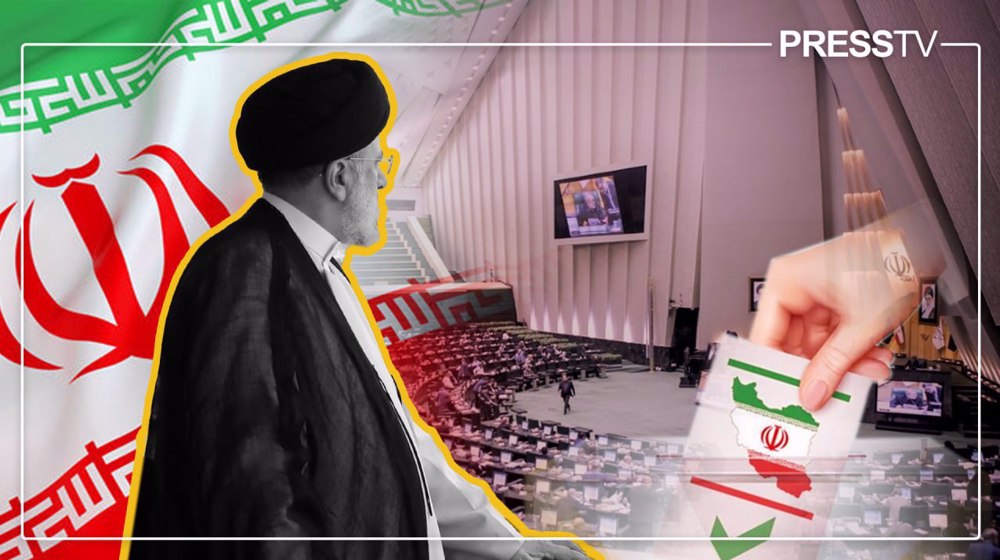
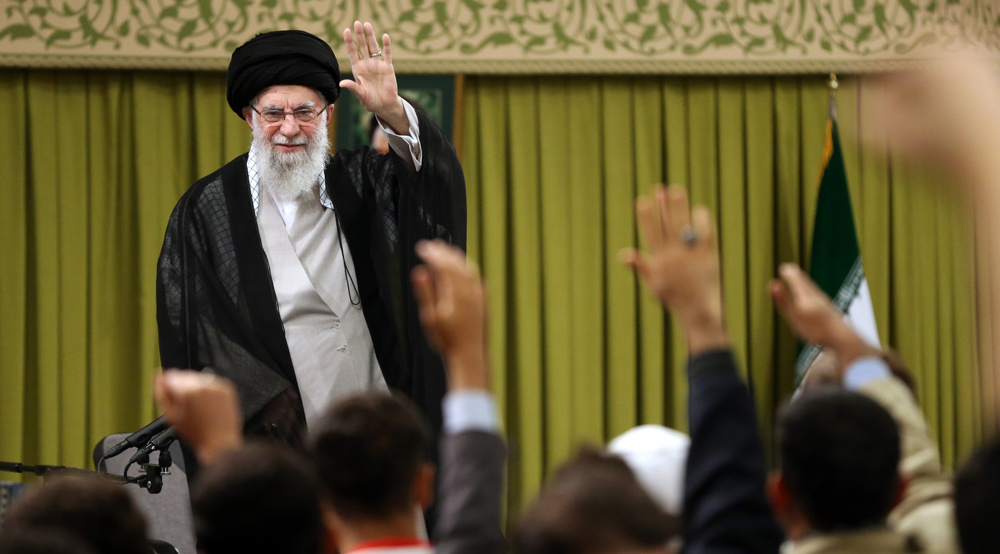
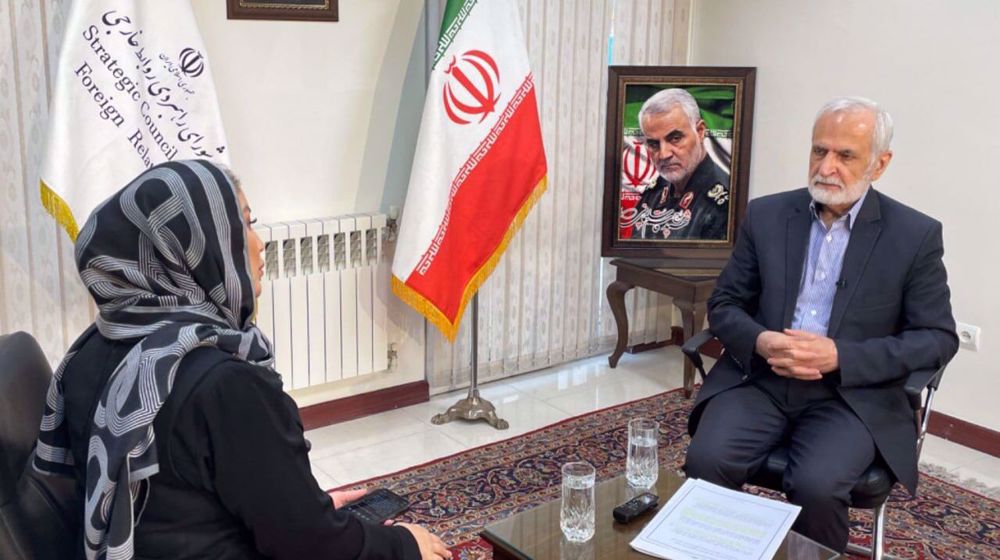
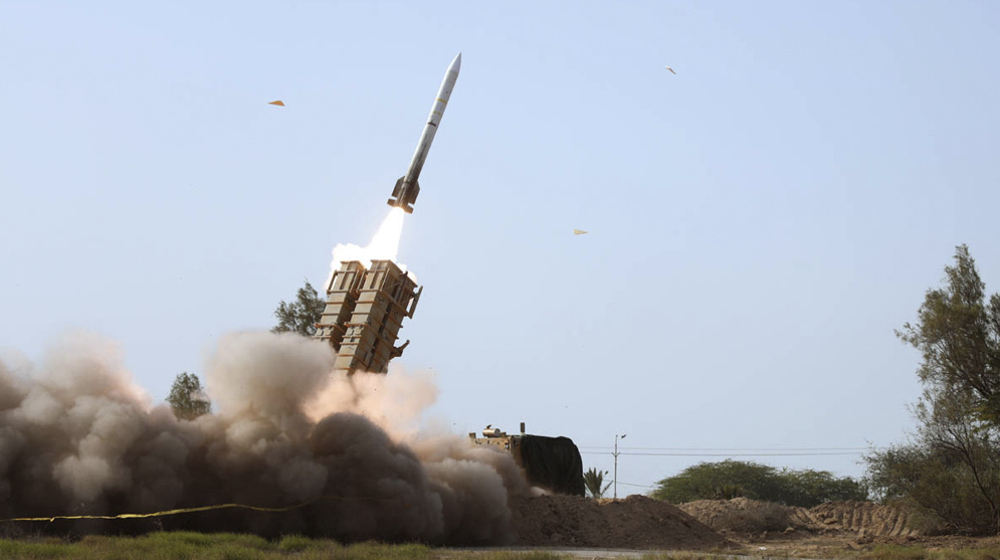



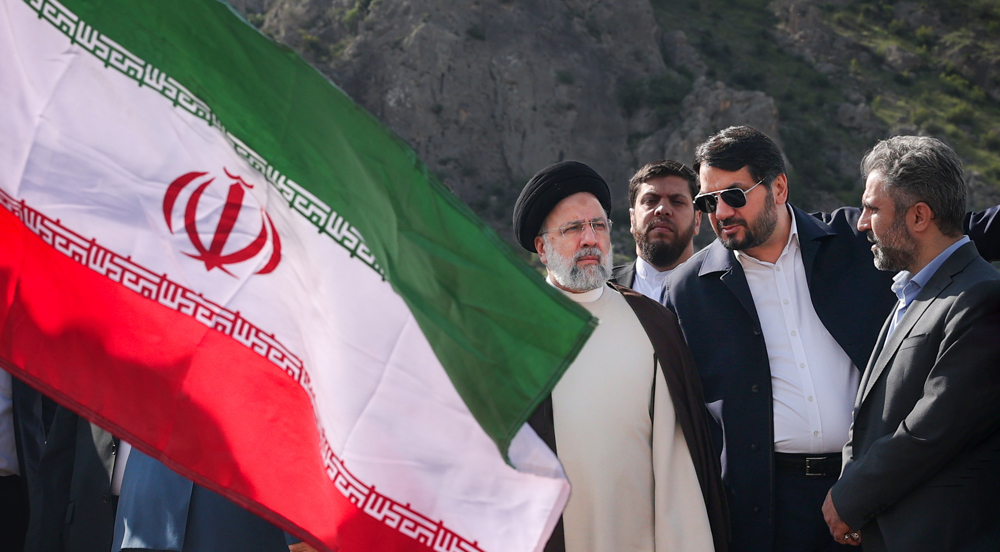
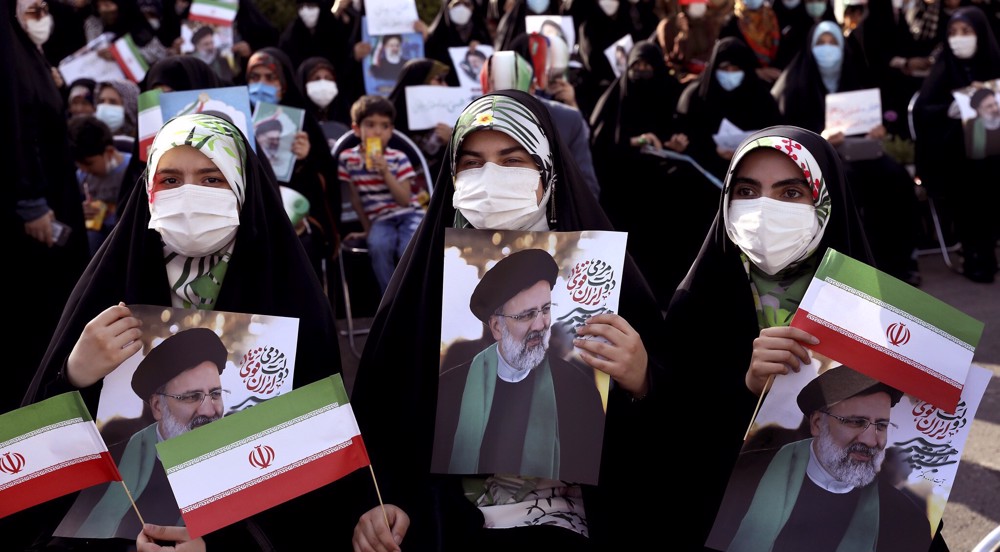

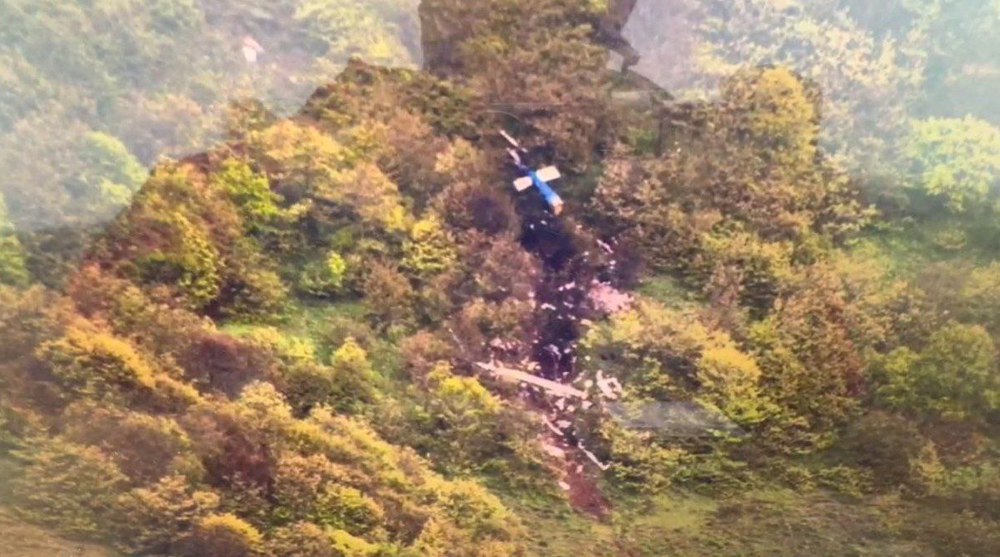
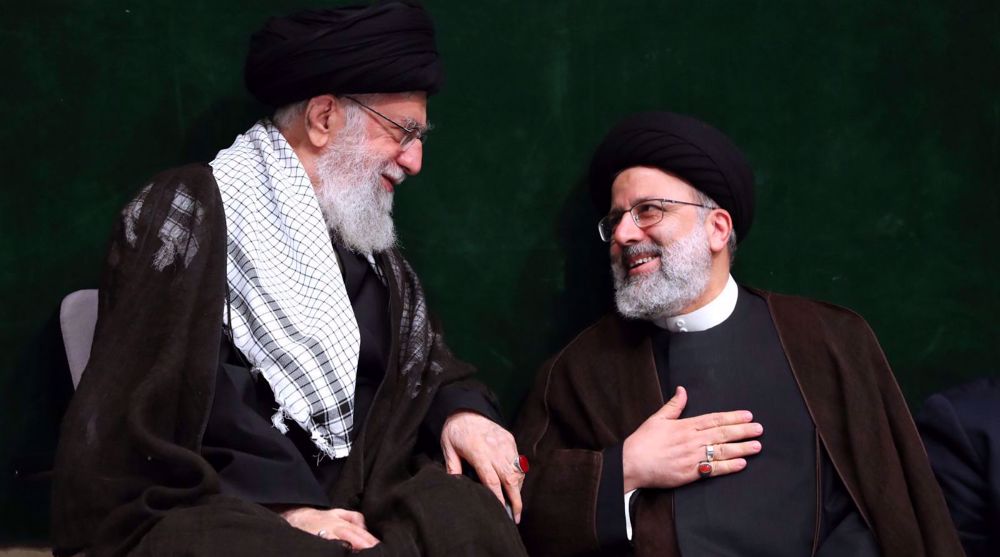

 This makes it easy to access the Press TV website
This makes it easy to access the Press TV website